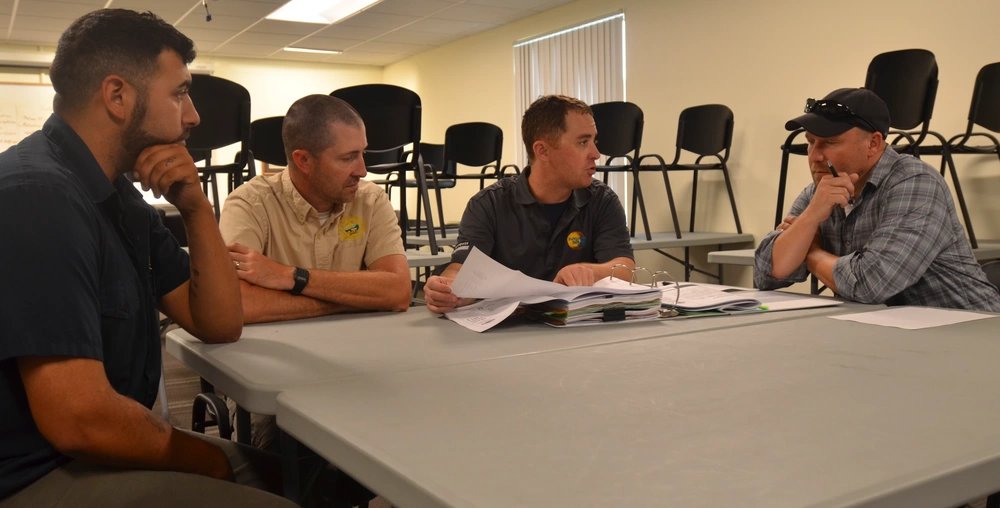

Last week, we talked about creating a great value proposition. But to make that happen, you need to truly understand your customer. When I was creating Forward Brands, I learned that many founders don’t feel comfortable with marketing. They see marketing as complex (and it can be), but what they need is simple messaging that brings in revenue. They started their businesses with big dreams, and at the end of the day, they wanted to make enough money to live the life they imagined.
You’re already working hard—researching, planning, and improving your strategy. Now it’s time to take things to the next level by doing them smartly and efficiently.
Here are 10 steps to conducting a killer customer discovery interview that will lead you to the insights you need for a strong value proposition:
Step 1: Prepare Thoroughly
Before the interview, do your homework. Research your customer’s industry, their role, and any challenges they might face. This prep work will help you ask relevant and insightful questions that go beyond the surface.
Step 2: Create a Comfortable Environment
Help your interviewee feel comfortable and open to sharing. Start with some casual conversation to build rapport before diving into more serious questions. The more at ease they feel, the more honest and detailed their responses will be.
Step 3: Ask for Facts, Not Opinions
Don’t ask: “Would you…?”
Ask: “When was the last time you…?”
Focus on past behaviors instead of hypothetical scenarios to get real insights. For example, instead of “Would you use a new project management tool?” try, “When was the last time you felt frustrated with your current project management tool?”
Step 4: Seek to Understand Their Motivations
Ask: “Why?”
Understanding the reasons behind their actions will help you tailor your solutions. For example, if a customer says they use a particular product, ask why they chose it over others. This often reveals underlying needs and preferences.
Step 5: Avoid Selling and Focus on Decision Criteria
Ask: “What are your decision criteria when…?”
Instead of pitching your product, focus on understanding the factors that influence their buying decisions. For instance, ask, “What are your decision criteria when choosing a project management tool?” This helps you see what’s most important to them.
Step 6: Focus on Their Problems
Don’t talk about your product.
Ask: “What are the most important things that you are struggling with?”
Identify the main challenges your customers face. This information is invaluable for developing solutions that genuinely address their pain points.
Step 7: Use Open-Ended Questions
Encourage detailed responses by asking open-ended questions. These types of questions can’t be answered with a simple “yes” or “no,” so you’ll get richer information. For example, “Can you describe a recent project where you faced significant challenges?”
Step 8: Listen Actively
Stop talking and truly listen. Be prepared to learn something new about your buyer’s goals and the obstacles they face. Active listening isn’t just about hearing what they say; it’s about understanding their emotions and motivations for deeper insights.
Step 9: Record and Transcribe
If possible, record the interviews (with permission) and transcribe them later. This lets you focus fully on the conversation without worrying about notes. Transcripts can reveal patterns and insights that might not be apparent during the interview.
Step 10: Analyze and Act on Insights
After conducting the interviews, analyze the data to identify common themes and insights. Use these findings to refine your products, services, and marketing strategies. The goal is to align your offerings with the real needs and preferences of your target audience.
A successful customer discovery interview is about asking the right questions and listening carefully. By following these 10 steps, you’ll gain the insights needed to create a value proposition that resonates with your customers. Remember, the key is to listen, learn, and adapt based on what your customers tell you.
